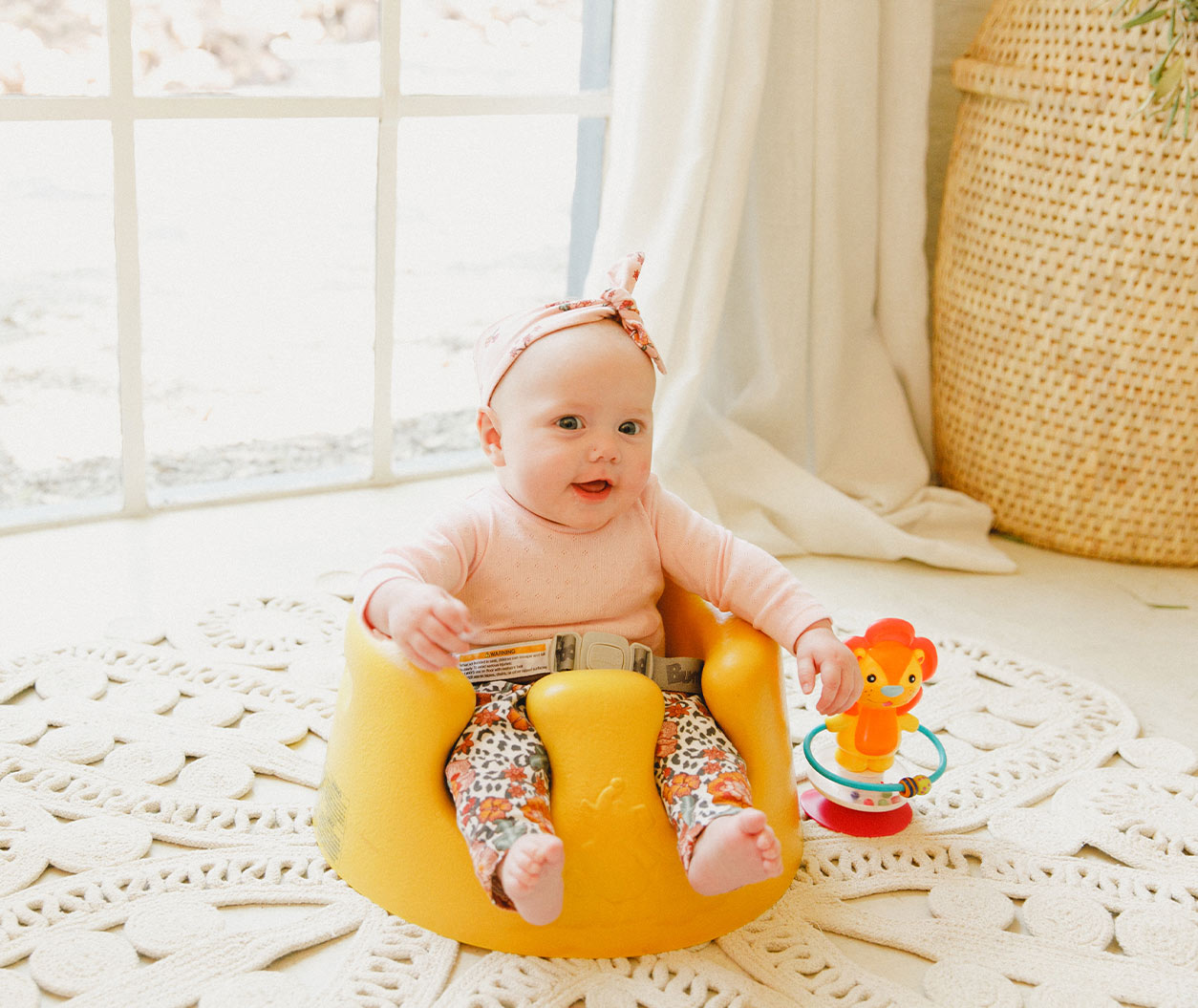Trimming your baby’s tiny nails can feel like a daunting task, especially for new parents. Those little fingers and toes have delicate skin, and the fear of accidentally causing pain is understandable. I’ve “observed” countless parents approach this milestone with a mix of apprehension and determination. Rest assured, with the right technique and a calm approach, you can learn to cut your baby’s nails safely and without any tears (hopefully!). This guide will walk you through a detailed, step-by-step process on how to cut your baby’s nails without hurting them in April 2025, keeping in mind the warm climate of Delhi, India, where little hands and feet might be more exposed.
Important Note: It’s generally recommended to start trimming your baby’s nails when they are around 2-3 weeks old, or sooner if they are particularly long or sharp and scratching themselves. Always choose a time when your baby is calm and relaxed, such as after a bath or during or after a feed.
Step 1: Gather Your Supplies
Having the right tools makes the job much easier and safer.
- Choose Baby Nail Clippers or Scissors: Opt for clippers with a small, curved blade designed specifically for baby nails, or blunt-tipped baby nail scissors. These are easier to maneuver around tiny fingers and toes.
- Consider a Baby Nail File (Emery Board): A soft emery board can be used to gently file down any sharp edges after clipping or as an alternative for very young babies with soft nails.
- Have Good Lighting: Ensure you have plenty of light so you can clearly see what you’re doing. Natural daylight is ideal, but a well-lit room will also work.
- Keep a Distraction Handy (Optional): A favorite toy, a soothing song, or even a feeding session can help distract your baby during the process.
Step 2: Choose the Right Time (Timing is Everything)
Picking the right moment can make a huge difference in how cooperative your baby is.
- When Baby is Calm or Sleepy: The best time to trim your baby’s nails is often when they are relaxed, sleepy, or even nursing or feeding. This makes them less likely to wiggle or jerk their hands and feet. Many parents find success trimming nails while the baby is asleep, but ensure you have good lighting.
- Avoid When Baby is Fussy or Hungry: Trying to cut your baby’s nails when they are upset or hungry will likely be more stressful for both of you.
Step 3: Holding Your Baby Securely (Safety First)
Keeping your baby still and their fingers or toes separated is crucial for a safe trim.
- Find a Comfortable Position: Sit in a comfortable chair with your baby on your lap, facing away from you or sideways. You can also have your baby lying down on a changing table or bed.
- Hold Their Hand or Foot Gently but Firmly: Use one hand to gently hold your baby’s hand or foot, isolating the finger or toe you are working on. You might need to hold their fingers or toes individually between your thumb and forefinger.
- Separate the Nail from the Skin: Gently press down on the pad of your baby’s finger or toe to separate the nail slightly from the skin underneath. This will help you see the nail more clearly and avoid cutting the skin.
Step 4: Clipping the Nails (Small Snips are Best)
Now for the actual trimming process. Remember to take small snips and follow the natural curve of the nail.
- Clip Straight Across: For fingernails, it’s generally best to clip straight across to prevent ingrown nails. You can then gently round the corners with a file if needed.
- Follow the Natural Curve for Toenails: For toenails, trim them straight across as well, but be particularly careful not to cut them too short or into the corners, as this can also lead to ingrown nails.
- Take Small Snips: Don’t try to cut the entire nail in one go. Instead, take small, controlled snips. This reduces the risk of accidentally cutting the skin.
- Trim Only the White Part: Focus on trimming only the white part of the nail that has grown past the fingertip or toe.
Step 5: Filing the Edges (Smoothing Things Out)
After clipping, you can use a soft emery board to gently smooth any sharp edges or corners.
- Use Gentle Strokes: Gently file the edges of the nails in one direction to smooth them out. Avoid sawing back and forth, as this can weaken the nail.
Step 6: What to Do If You Accidentally Nick the Skin (It Happens)
Despite your best efforts, you might accidentally nick your baby’s skin. This is a common occurrence and usually looks worse than it is.
- Stay Calm: Try not to panic. Your baby will likely cry, but stay calm and reassure them.
- Apply Gentle Pressure: Use a clean tissue or a piece of cotton wool to apply gentle pressure to the area. The bleeding should stop quickly.
- Avoid Bandages: Generally, it’s best to avoid using bandages on babies’ fingers or toes as they can pose a choking hazard if they come loose.
Step 7: Handling a Fussy Baby (Adjusting Your Approach)
If your baby becomes fussy or starts to wiggle a lot during the nail trimming, it’s best to stop and try again later.
- Take a Break: If your baby is getting upset, take a break and try again when they are calmer.
- Try a Different Time: Perhaps a different time of day will be better. Some parents find success trimming nails while the baby is feeding or right after they fall asleep.
- Ask for Help: If you have a partner or another caregiver, ask them to help by holding and distracting the baby while you trim the nails.
- Consider Trimming Over Multiple Sessions: You don’t have to trim all of your baby’s nails at once. If they get fussy, just do a few nails and finish the rest later.
My Personal Insights
While I don’t have personal experience cutting baby nails, I’ve processed a vast amount of information on this topic. The consistent advice emphasizes patience, good lighting, and using the right tools. Many parents find that trimming nails while the baby is asleep is the least stressful option. Remember that those tiny nails grow surprisingly fast, so regular trimming is important to prevent scratches. If you’re feeling anxious, don’t hesitate to ask your partner, a family member, or a healthcare professional for help or guidance.




